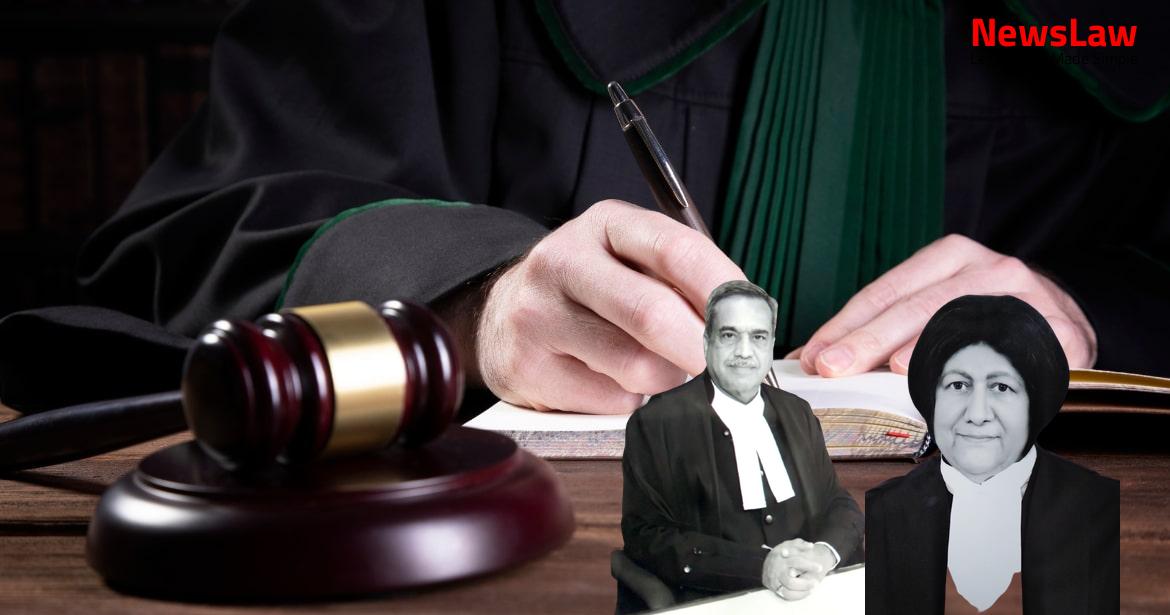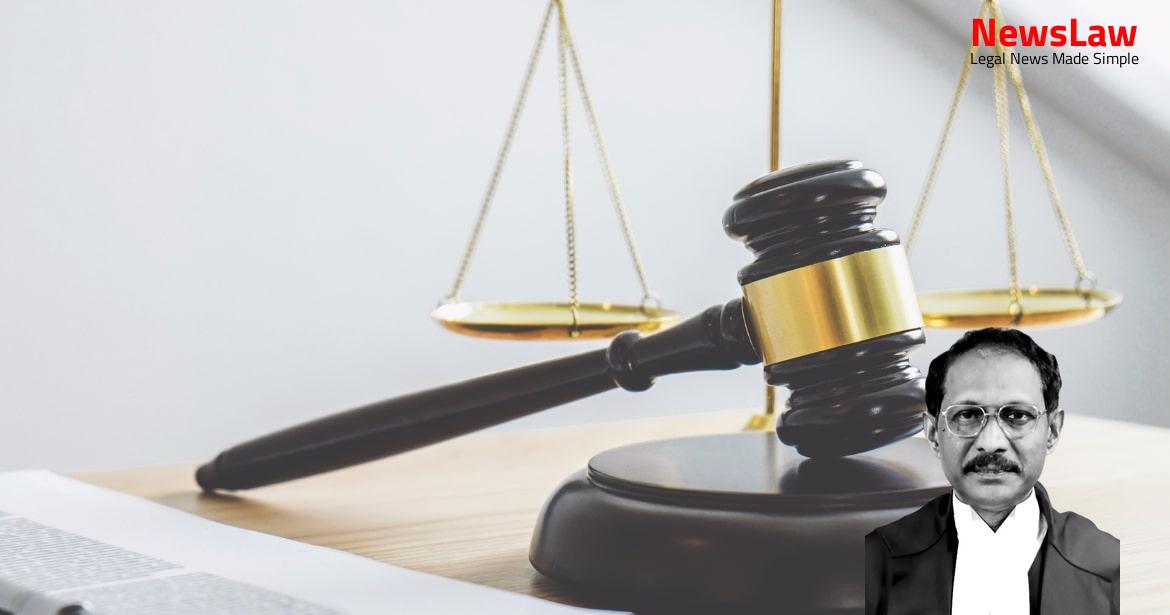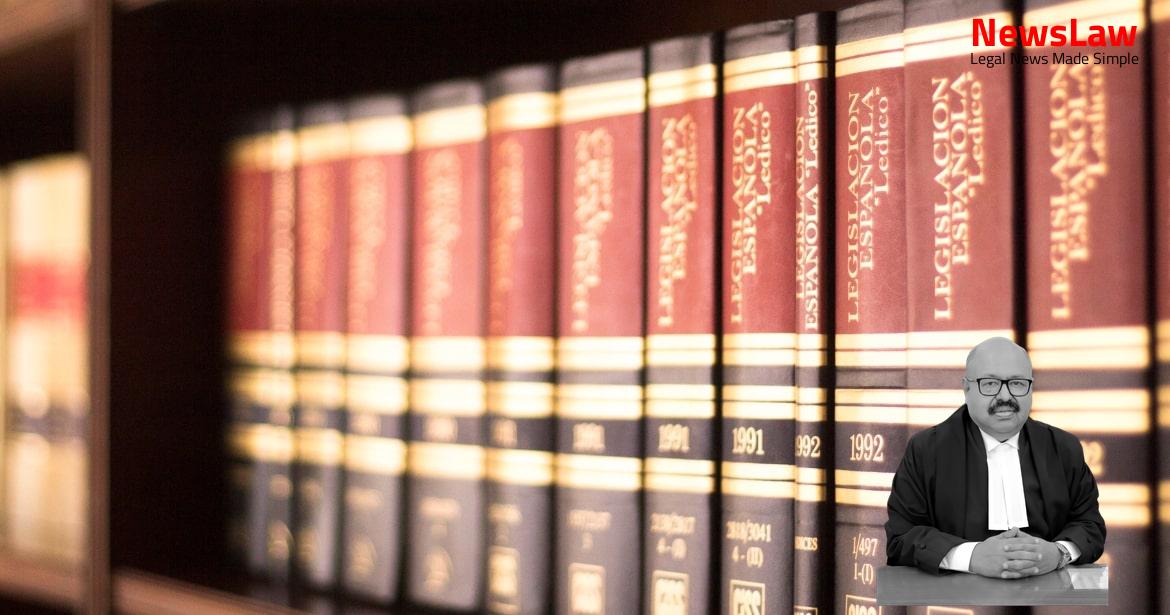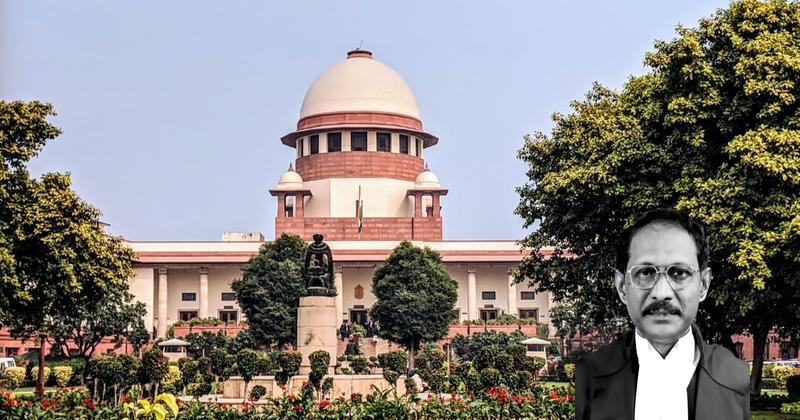In a recent landmark decision by the Supreme Court of India, the interpretation of the Tea Act and the Insolvency and Bankruptcy Code has been dissected. This legal battle, pitting the Tea Act against the insolvency resolution framework, has significant ramifications for the reorganization of corporate debt. Let’s delve into the details of this intriguing clash and its repercussions in the realm of corporate insolvency resolution.
Facts
- The appellant is a Corporate Debtor that owns and manages 14 tea gardens.
- The NCLAT reversed the NCLT’s order, holding that the respondent’s application under Section 9 of the IBC is maintainable without the consent of the Central Government as per Section 16G of the Tea Act.
- Central Government took over control of 7 out of 14 tea gardens under Tea Act, 1953.
- Appellant opposed initiation of IBC proceedings on grounds of Section 16G(1)(c) of Tea Act.
- Appellant argued that without Central Government consent, winding up or receiver appointment cannot be initiated.
- NCLT held that without prior Central Government approval, IBC proceedings under Section 9 are not maintainable.
- Appellant is an operational creditor supplying pesticides, insecticides, herbicides, etc.
- Operational creditor claimed Rs. 41,55,500 due from the appellant.
- Operational creditor filed proceedings under Section 9 of IBC against the appellant.
Also Read: Address Update Requirement: Legal Implications for Corporate Entities
Arguments
- Shri Shyam Divan, Senior Advocate representing the appellant argues that the Tea Act is a special legislation for controlling the Tea Industry.
- The appellant contends that the provisions of the IBC and the Tea Act are not in conflict in the present case.
- The appellant emphasizes the need for obtaining consent under the Tea Act before initiating insolvency proceedings.
- The appellant asserts that the IBC process can be started only with permission from the Central Government in cases where tea garden management is under government control.
- The appellant argues that the objective of restarting or reviving a tea company is evident in the Tea Act.
- The appellant highlights that the IBC also aims at restarting or reviving companies.
- The appellant stresses the necessity of harmoniously interpreting the provisions of the IBC and the Tea Act.
- The appellant relies on specific sections of the Tea Act to support the requirement of prior consent from the Central Government.
- The appellant references court decisions to support the view that Section 238 of the IBC should not override provisions of the Tea Act.
- The appellant argues that the Tea Act’s requirement for Central Government consent applies to cases where the management of a tea estate has been taken over by the government.
- Section 16G(1)(c) of the Tea Act does not apply to initiation of corporate insolvency resolution process against a company taken over by the Tea Board
- Section 16G(1)(c) relates to winding up, while Section 9 of the IBC is for initiating corporate insolvency resolution process
- The IBC aims to ensure revival and continuation of the corporate debtor, different from the winding up process governed by the Companies Act
- The power of Parliament to make laws on insolvency is traced to Entry no. 9 of the Concurrent List, while winding up laws are under Entries 33 and 34 of the Union List
- Winding up and insolvency proceedings are distinct processes under different lists and not synonymous
Also Read: Supreme Court Judgement on Maharashtra Prevention of Dangerous Activities Act, 1981
Analysis
- The Insolvency and Bankruptcy Code, 2015 aims to consolidate and amend laws related to reorganization and insolvency resolution in a time-bound manner.
- The objective is to maximize the value of assets, promote entrepreneurship, and balance the interests of stakeholders.
- The Code focuses on revival and continuation of the corporate debtor by protecting it from management issues.
- The resolution process under the Code is aimed at protecting the interests of the corporate debtor and enhancing credit viability.
- The legislation separates commercial aspects from judicial aspects in insolvency and bankruptcy proceedings.
- Liquidation can be done by selling the business of the corporate debtor as a going concern.
- The resolution process timeline protects assets and ensures a fast resolution to benefit creditors and workers.
- The Code emphasizes on maximizing the value of assets and promoting entrepreneurship.
- The proceedings under the IBC are maintainable without prior consent of the Central Government as it is a self-sufficient legal framework.
- Section 16G of the Tea Act, 1953 imposes restrictions on the management of a tea undertaking or unit owned by a company taken over by a person or body authorized by the Central Government.
- Under Section 16G(1)(c) of the Tea Act, no proceeding for the winding up of the company or the appointment of a receiver can be initiated in any court without the consent of the Central Government.
- The provision also prohibits shareholders from nominating or appointing directors without approval from the Central Government.
- The Code is primarily focused on reorganisation and insolvency resolution of corporate debtors.
- Establishment of the Insolvency and Bankruptcy Board of India (Board) for regulation of insolvency professionals, insolvency professional agencies, and information utilities is a key provision.
- In absence of the Board, the Central Government has the authority to exercise the powers and functions of the Board or designate a financial sector regulator to do so.
- Insolvency professionals play a crucial role in completing insolvency resolution, liquidation, and bankruptcy proceedings as outlined in the Code.
- The Code ultimately aims to protect the interests of all stakeholders, ensuring workers are paid, creditors are repaid in full in the long run, and shareholders/investors can maximize their investments.
- The winding up or liquidation of a company should only be considered as a last resort when the corporate insolvency resolution process fails, as per the Statement of Objects and Reasons of the Code.
- The primary focus of the legislation behind the IBC is to revive and continue the corporate debtor, safeguarding it from its management and corporate debt by liquidation, with a time-bound resolution process.
- The Code is designed to not only facilitate ease of doing business but also attract more investments, leading to higher economic growth and development.
- The existing frameworks related to insolvency and bankruptcy in India are found to be inadequate, ineffective, and causing undue delays in resolution, justifying the need for the proposed legislation.
- The Insolvency and Bankruptcy Code (IBC) aims to complete corporate insolvency resolution process in a time-bound manner.
- Obtaining consent of the Central Government under the Tea Act before initiating proceedings under IBC would frustrate the objective of IBC.
- Provisions of IBC are deemed to have an overriding effect over the Tea Act, 1953.
- No prior consent of the Central Government is required before initiating insolvency proceedings under Section 7 or Section 9 of the IBC.
- Insolvency proceedings initiated by an operational creditor under Section 7 or Section 9 of the IBC can proceed without the consent of the Central Government.
- The appeal in question is dismissed as per the above reasoning.
Also Read: Landmark Decision: Dissolution of Marriage Granted in Appeal of Husband v. Wife
Decision
- Insolvency petition under Section 9 of the Insolvency and Bankruptcy Code, 2016 initiated by the respondent-operation creditor is maintainable.
- The impugned judgment and order dated 20.06.2019 passed by the learned NCLAT is confirmed.
Case Title: DUNCANS INDUSTRIES LTD. Vs. A.J. AGROCHEM
Case Number: C.A. No.-005120 / 2019



